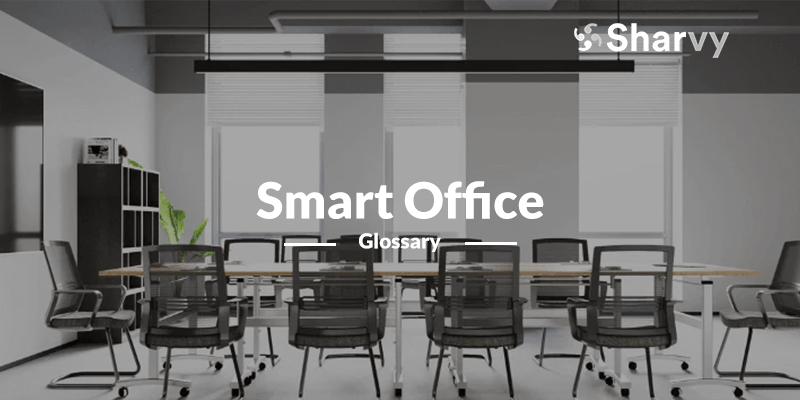What is the Smart Office? – Definition
The Smart Office is gradually becoming a mediator of well-being and quality of life at work. The reason is apparent : it allows reinventing employees’ workspaces by integrating various technologies (intelligent sensors, mobile applications, IoT platforms, etc.).
In this way, the employee’s work environment becomes connected and intelligent to respond in the best possible way to the needs of each individual. For example, knowing which workstations are available, where colleagues are located or which meeting rooms seem to be open or occupied is now possible.
At the same time, automatic lighting and thermal sensors register the preferences of the employees to adapt to the brightness and temperature of the room. Thus, by harmoniously combining the needs of employees with technology, the Smart Office allows everyone to work in the best possible conditions to gain agility, performance, and productivity.
What are the challenges of the Smart Office?
Far from dehumanizing the company, the Smart Office places the human being at the heart of the company’s performance by using various technological innovations to create a pleasant and friendly environment, a vector of well-being at work, productivity, and efficiency.
Even today, employees waste precious time and energy on tasks and activities that do not add value. For example : searching every morning for a parking space near the company, finding a free meeting room, waiting in line at the company cafeteria, etc.
To avoid these unnecessary time wasters, the Smart Office must first and foremost help each employee eliminate the frustrations and obstacles that can occur during a workday by improving the employee experience. On the other hand, by increasing the use and approval of new technologies among employees. This is without confusing employees who are less familiar with digital tools.
Finally, what are the advantages of the Smart Office?
The advantages of the Smart Office are numerous, both for the company and the employees.
On the employee side, this concept offers :
- A better Quality of Life at Work (QWL) ;
- An increase in their productivity and efficiency ;
- A workspace that can be adapted to the employees’ desires ;
- A reinforcement of the social fabric with better interactions between employees ;
- A coherence with the evolutions of the working world and the newly emerging needs : telecommuting, coworking, flex-office, etc.
On the company side, the advantages are just as numerous. We can mention :
- An optimization of the company’s workspaces and the occupancy rate ;
- An improvement of the economic profitability of the premises ;
- Stimulation of positive work culture, promoting employee retention ;
- Improving the employer brand, which helps attract the best talent !

